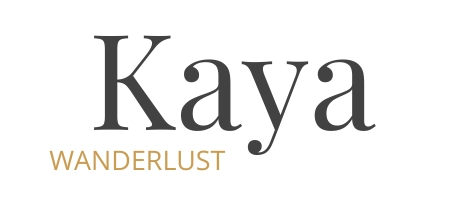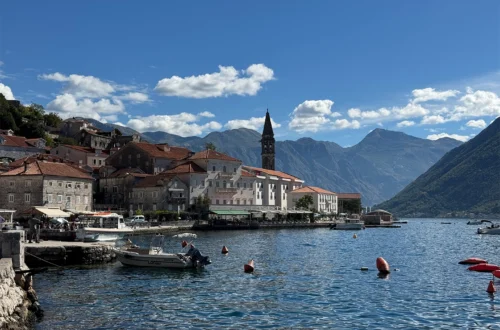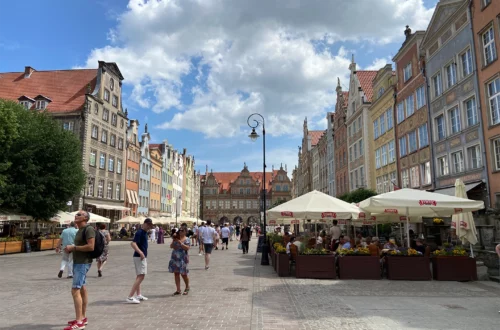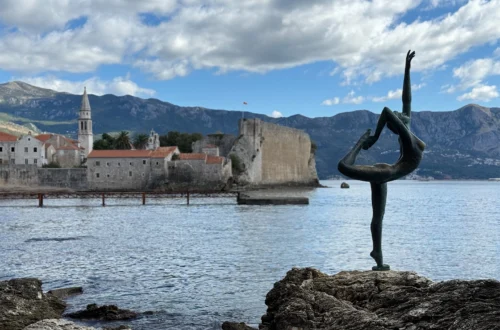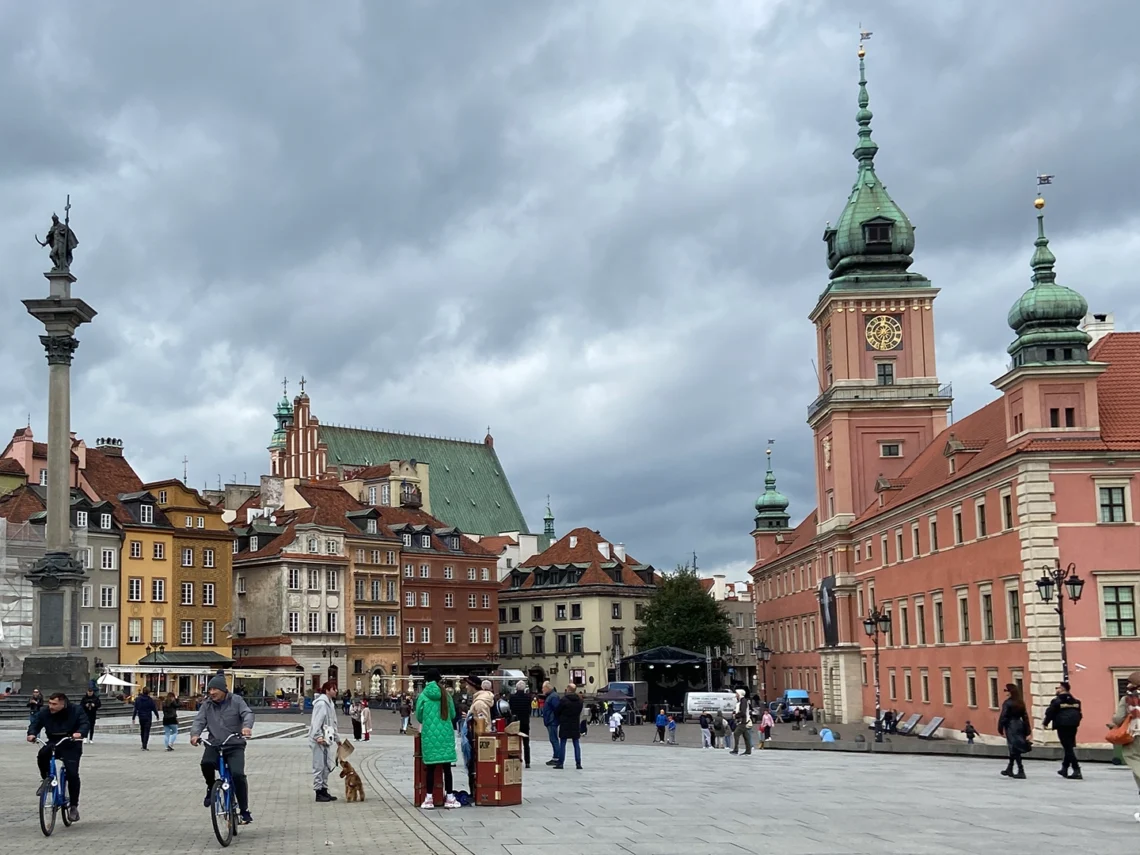
Long Weekend in Warsaw
For a shorter trip from Germany the neighbouring countries are ideal, but of course you can also visit from everywhere else. With only two days of vacation (Friday and Monday) I went on a trip for a long Weekend in Warsaw, Poland. Here is what you can see in a small radius, where you can try local food and drink and which area is the best to stay in to maximise your time there.
This post contains affiliate links to things like tours and hotels. These help me earn a small commission at no additional charge to you. Every affiliate link is marked with a *.
Overview of a long weekend in Warsaw
- Where to stay in Warsaw
- What to do in Warsaw
- Must try food and drinks in Warsaw
- TLDR, show me a map with everything important
Where to stay for a long weekend in Warsaw
Warsaw has many neighbourhoods to choose from, here are my three recommendations:
Warsaw Centrum* (Śródmieście) is the most central neighbourhood (as the name suggests) of Warsaw and has many hotels, restaurants and many of the main attractions of the city. Since it is the central neighbourhood it’s also quite busy and therefore loud.
The Old Town* (Stare Miasto) of Warsaw has many historic buildings (rebuilt) and boasts a charming atmosphere, however there are fewer hotels and they tend to be more expensive. In the old town you have most of the other main attractions that aren’t found in Centrum.
Wola* is the financial center of Warsaw, it’s streets lined with old decrepit houses and modern glass and steel skyscrapers. Here you can find interesting museums, a good selection of (mostly international) restaurants and modern coffee shops. This neighbourhood has international chain hotels, but also more budget friendly options. You’ll be further away from “main” attractions and museums, but it’s also quieter than the centre.
What to see during a long weekend in Warsaw
No visit to Warsaw is complete without stopping by several of the cities historical locations and museums. There are many more museums than I have listed here, but these were my top priorities.
In May of every year there is a night-of-museums where over 200 places can be visited for free. On top of that several of the museums offer free admission on specific days of the week, I listed them under the museum descriptions.
Maria Skłodowska-Curie Museum
When in Warsaw one of the places to visit that you can’t miss is the Marie Curie Museum, dedicated to her life and work, in Marie Curies childhood home.
A few facts about Marie Skłodowska-Curie (her full name):
- She was born in Warsaw
- She was the first woman to win a Nobel prize
- She was the first person to win two Nobel prizes
- She remains to this day the only person to win a Nobel prize in two different fields: Physics and Chemistry
- Her husband, Pierre Curie, was a co-winner of her first Nobel Prize, making them the first-ever married couple to win one together
- She coined the term “radioactivity” as we use it today
- She worked on her first projects with her husband in a workshop with just the most basic stuff
- They discovered a new element in said workshop!
- The Curie family has received four Nobel prizes for five people (the most Nobel prizes in one family ever)
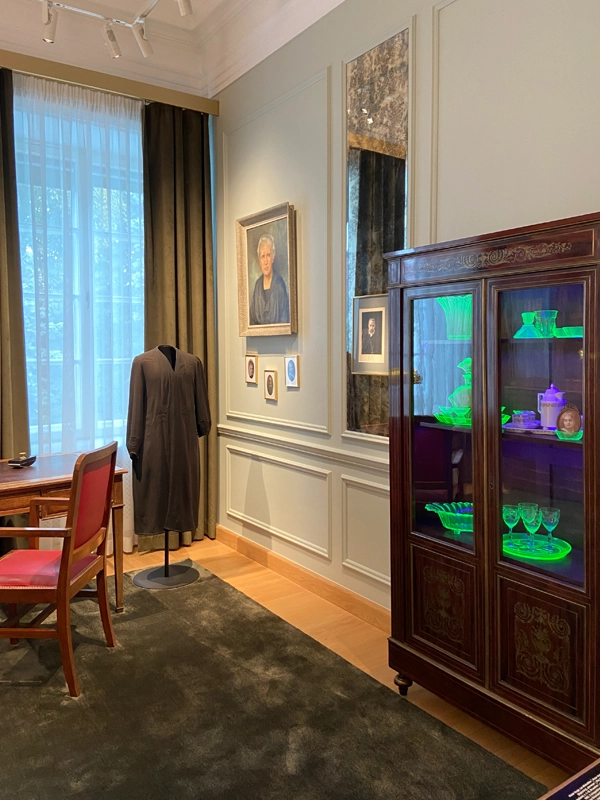
Admission to the museum is free on Tuesdays.
Money and Treasury Museum
The NBP Money Centre covers the history, cultural importance in different cultures and production of money. It’s a very interactive museum for all ages with many multimedial exhibits. There is a gold bar you can touch, a wall that shows exchange rates live, holograms of rare money bills, a life size safe you can enter, a see-through ATM that shows the inner workings of it and so much more.
Free admission every day of the week!
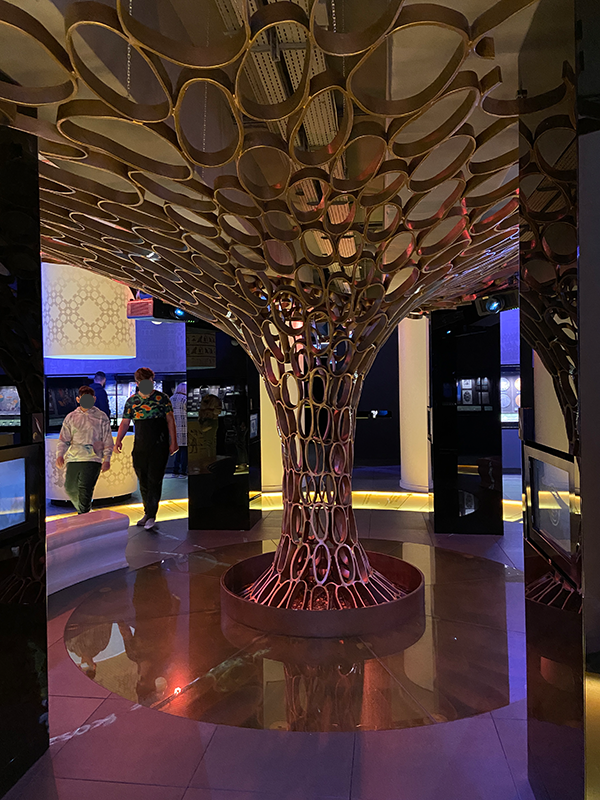
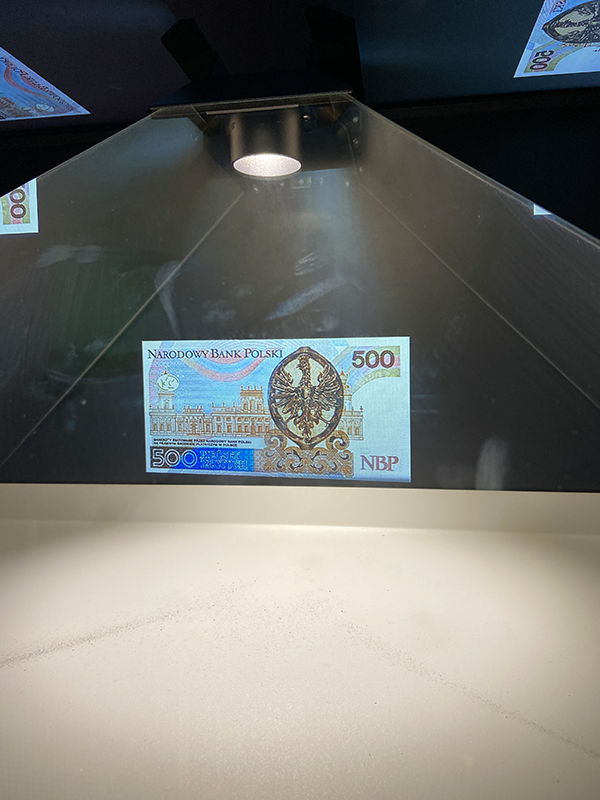
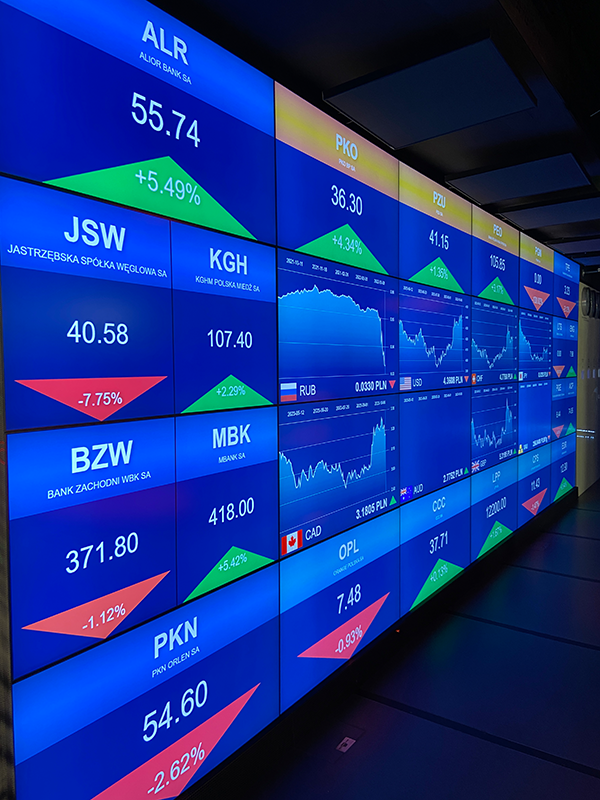
Warsaw Gasworks Museum
Whether you are interested in gas production and industry or just history, the Warsaw Gasworks Museum or Muzeum Gazowni Warszawskiej is a must-visit while in the city. The museum was established within the former Wola Gas Factory. The original factory had been built from 1886–1888, but most of it was destroyed during WWII. Today some parts of it have been rebuilt, others still stand with the signs of destruction.
The museum has several exhibitions: One showcasing the production and purification of gas, another on the distribution and use of gas in the city and yet another on the use of gas in private homes and household objects. Within the exhibitions there are interactive displays, old photography and newspaper articles, as well as original machinery, gas lamps, gas counters and many more.
Free admission on Fridays.
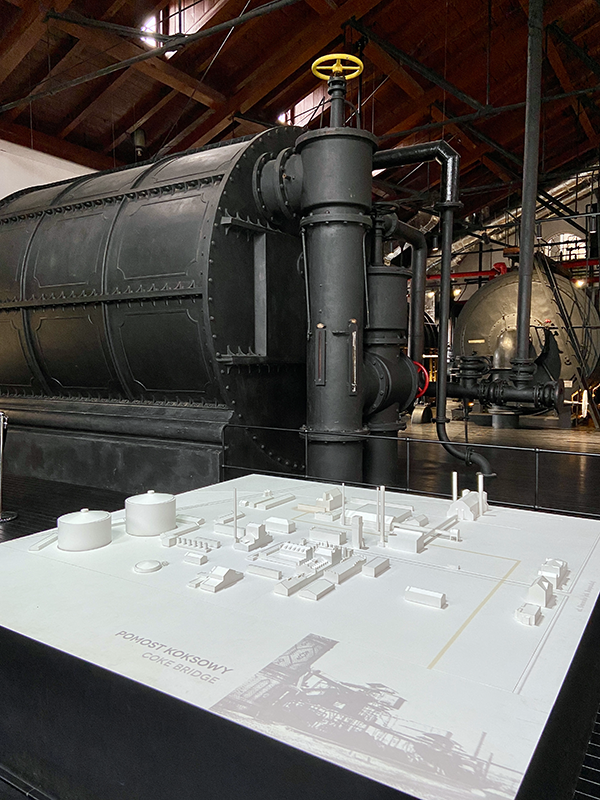
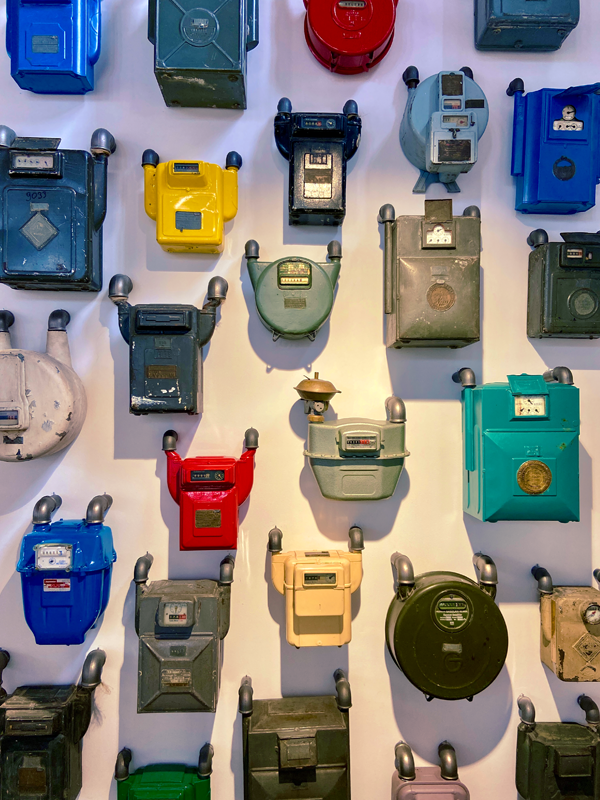
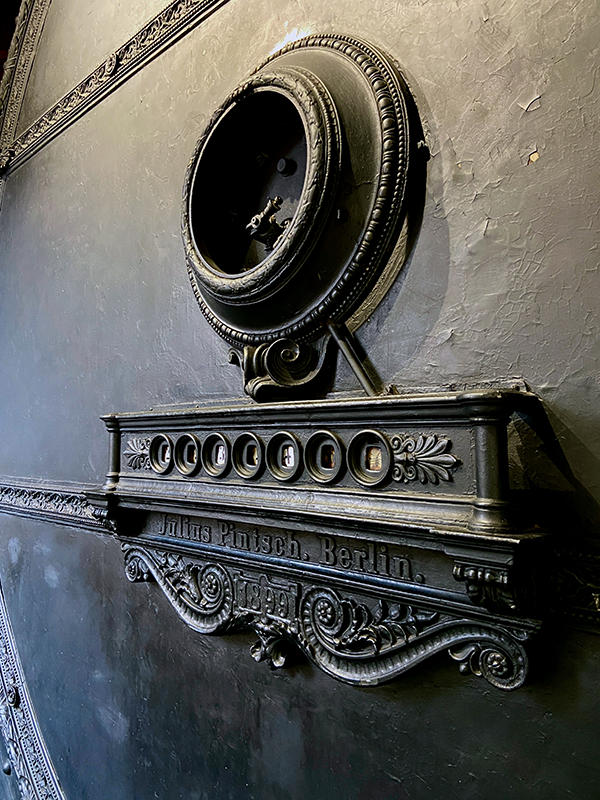
Warsaw Fotoplastikon
The Fotoplastikon Warszawski is a small museum that has been in operation since 1905. Inside the darkened rooms sits a version of a Kaiserpanorama machine, a twentyfouragon with viewpoints and seats in front of it. Once activated you can see 24 slides of old pictures and their descriptions from Warsaw in years gone by as the inside of the Panorama Machine turns around it’s own axis.
Places like this were popular before movie theatres became more widespread. Today they are a piece of history themselves, together with the slices of history you can see through them.
Free admission on Thursdays.
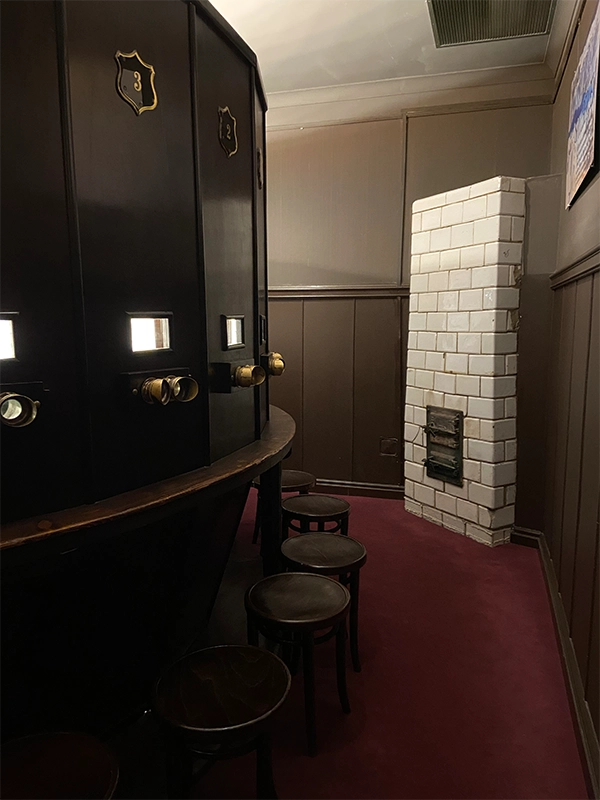
Museum of Life in the Polish People’s Republic
The museum of “Life in the Polish People’s Republic” shows the everyday life of people in Poland and specifically Warsaw from 1947 to 1989. The exhibits include everyday household objects, sport equipment, children’s toys, clothes, photographs, newspaper articles and even some recovered short films transport you back to this time. You can take pictures in an old government office and an old cafe, which is operated as a museum cafe today.
There is also a whole apartment dating back to this era on display in the museum, complete with a guide which sized family got which size of apartment
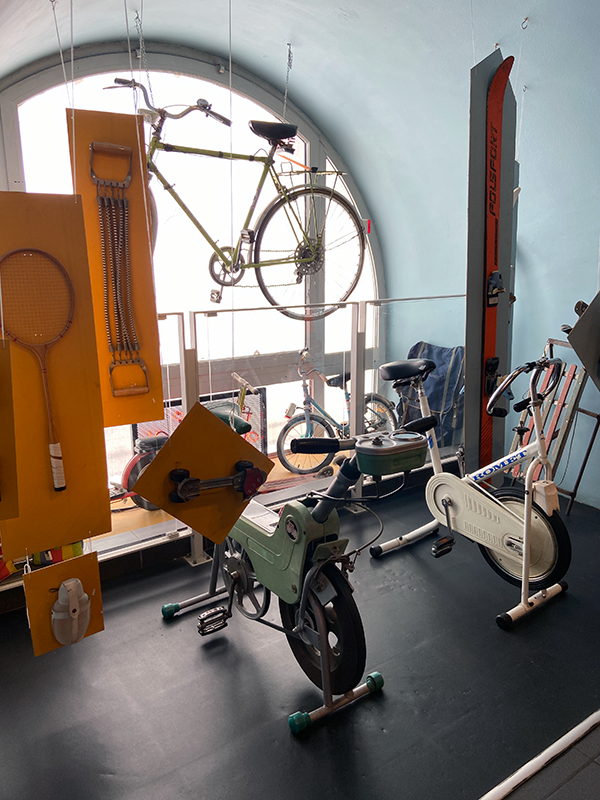
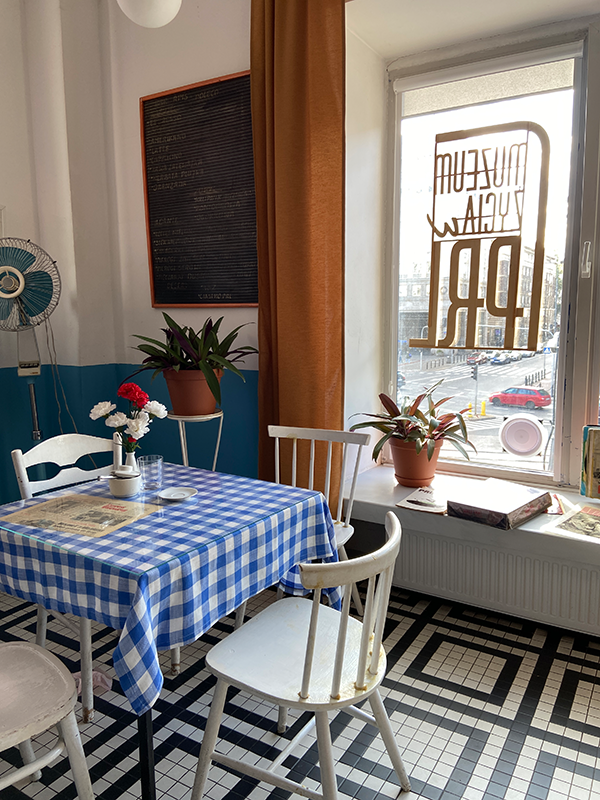
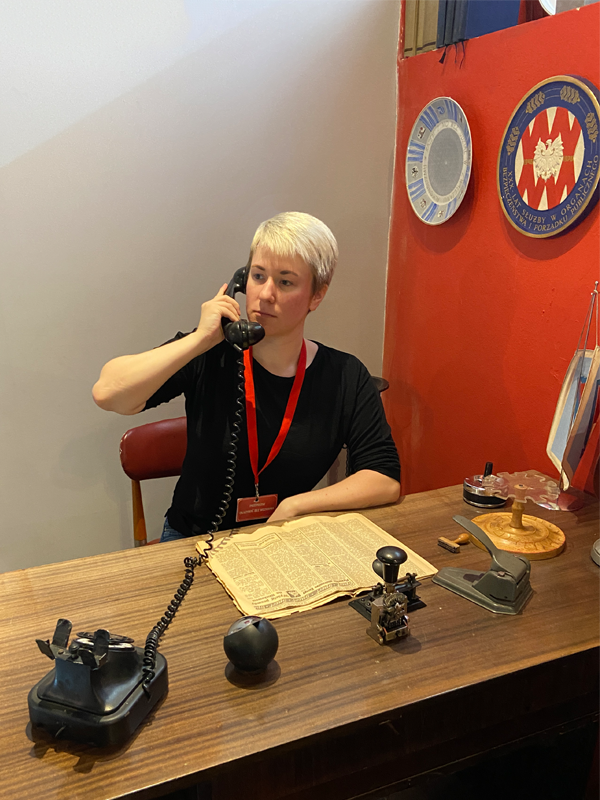
Warsaw Railway Museum
The correct translation of this museums name “Stacja Muzeum” would be “Station Museum”, which is fitting as well since it’s located in the former Warsaw Main Railway Station. There are two parts to the museum: the exhibits inside the old station building and repair sheds and the open air area that covers many of the old train tracks.
The museum exhibit includes train conductor uniforms and ticket through the ages, railway models from the first horse drawn carriages on tracks to the most modern ones, old switch signals and station signal boxes that were operated manually.
Outside you can see 50 or so different trains, carriages and locomotives. From ancient steam engines to diesel and electrical engines, a tank train, old trams and newer trains, it’s fascinating to see them from the outside and inside!
Admission is free on Mondays.
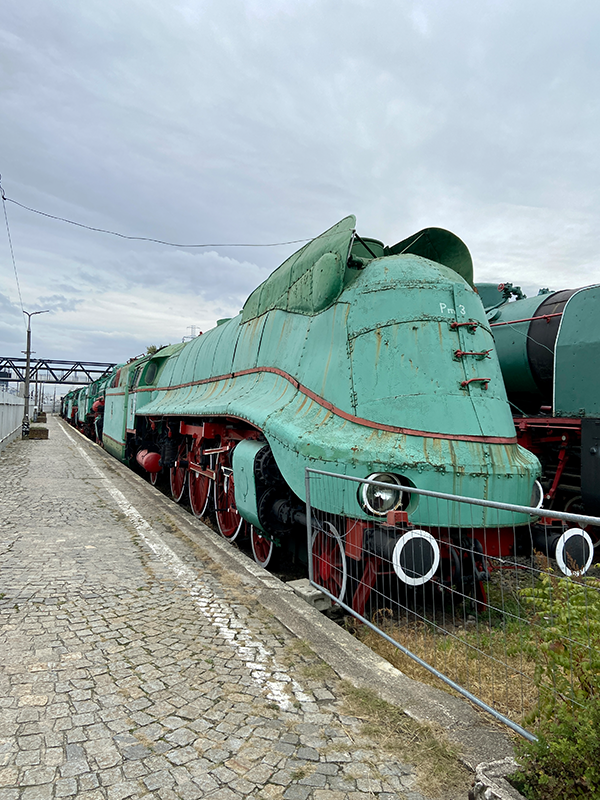

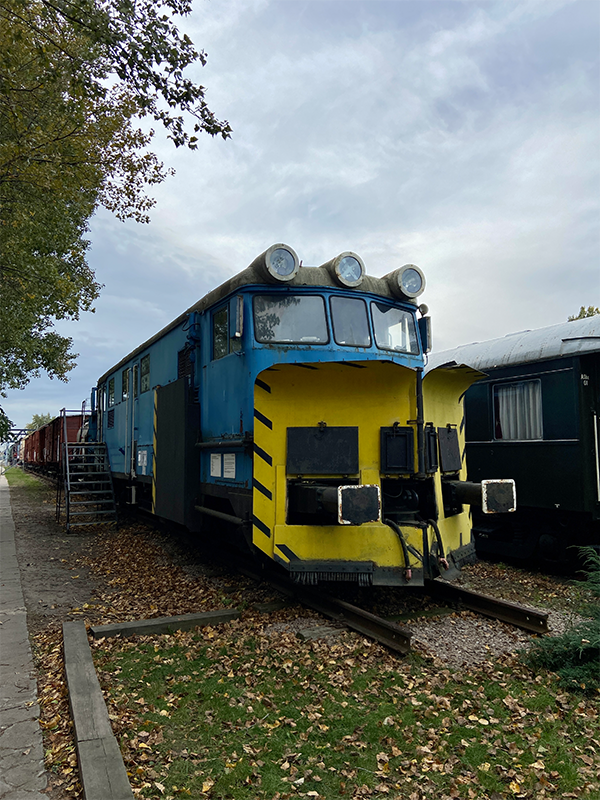
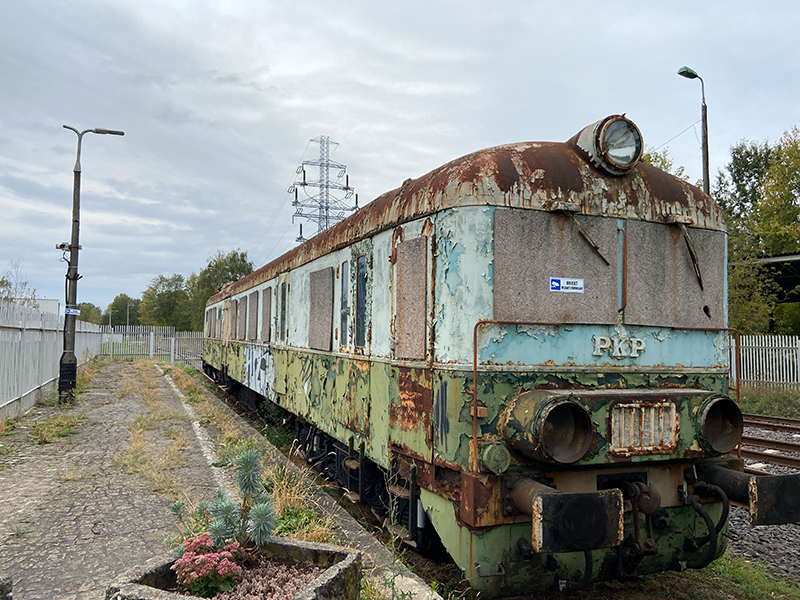

Warsaw Uprising Museum
The Warsaw (Up-) Rising Musum is, unsurprisingly, named after the Warsaw Uprising of 1944.
When you walk in you are greeted by brick walls, inlaid with pictures and artifacts from WWII, as well as bunker fragments. In different rooms you will learn about the live of children during the war, a printing press used by the resistance against the regime, which is still in operation today, as well as many other specific topics.
One wing of the museum is dedicated to the many roles of women during the war, within the resistance and with the reconstruction of the country and city after the end of the war.
In the central part of the museum an air force plane is suspended from the ceiling and the lights are dim. To the sound of air raid alarms you can see interviews with British and other air force pilots from the allies, recounting the nights before and after the uprising. How they were told they most likely wouldn’t come back and how many didn’t. They talk about the intel they had from the resistance on the ground and how little they knew of each other, despite their uniting goal: To free Poland from German occupation.
Visit for free on Mondays!
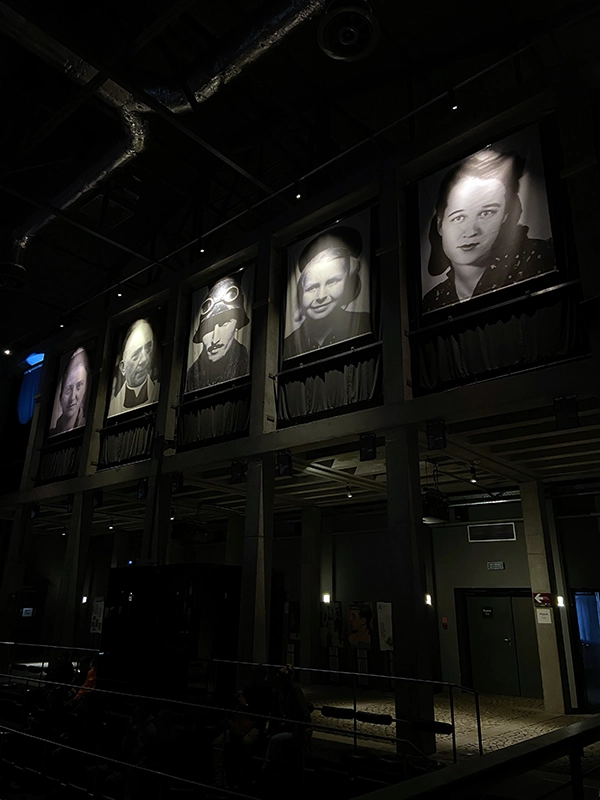
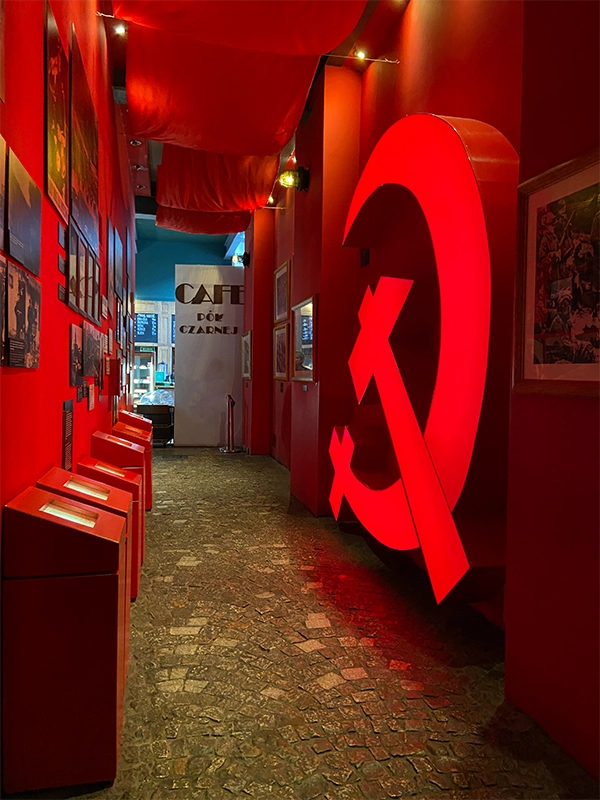
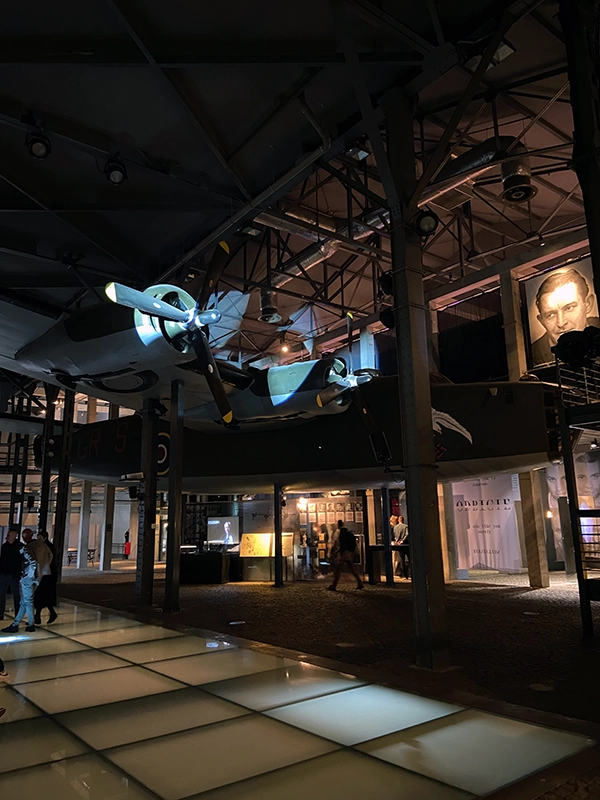
Polish Vodka Museum
The Polish Vodka Museum is located in the Koneser vodka factory complex in the Praga district of Warsaw. Between WWI and WWII two of the most famous Polish vodkas were distilled here: Wyborowa and Luksusowa.
I chose to do a museum tour with a vodka tasting. It starts with a short movie in a small vintage movie theatre, with interviews of people who worked at the factory while it was still a place of production. After the introduction we learned about the history of Polish vodka, how vodka is produced, as well as traditions and customs associated with vodka and how those changed over the centuries.
At the end of the museum is a colourful collection of different vodka bottles from around the country. The tasting part takes places in their “Vodka Academy”, where we tried a rye, a wheat and a potato vodka and compared them to each other.
The only way to see this museum is with a tour. More on the Polish Vodka Museum & Tasting here.

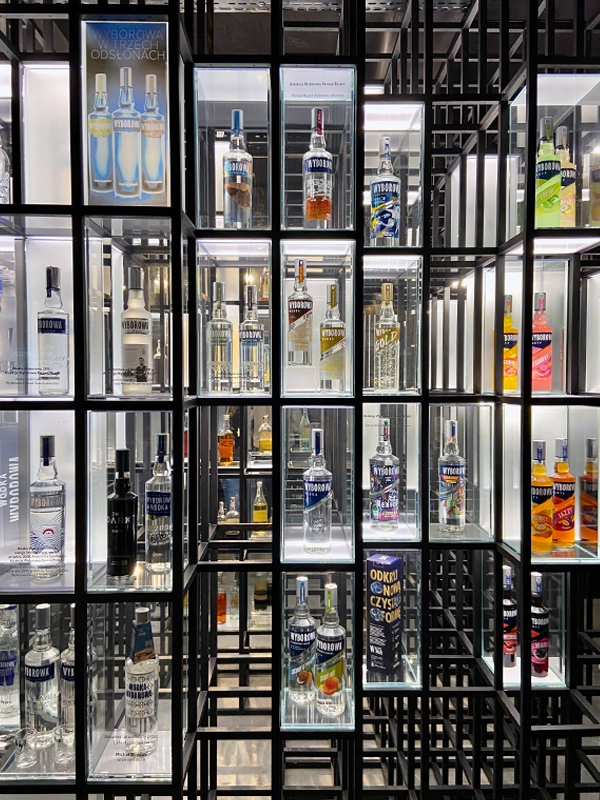
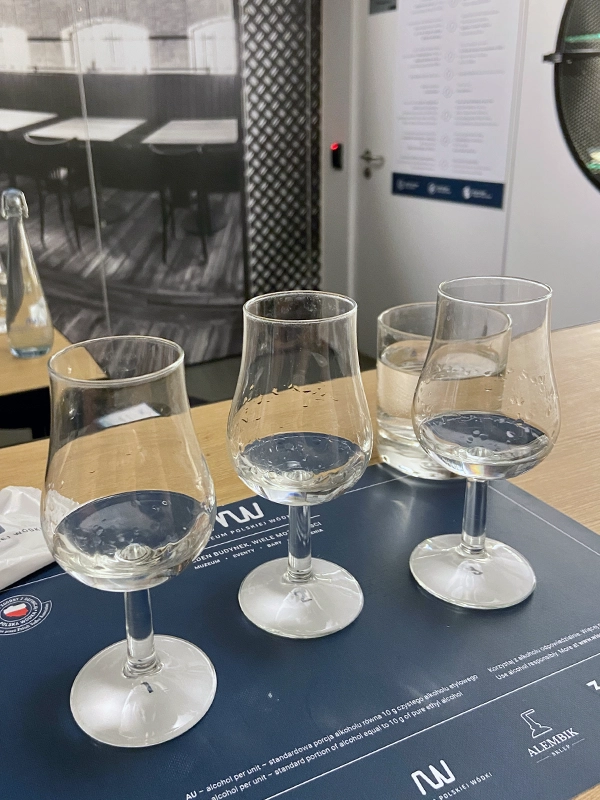
Royal Castle Warsaw
Despite what you might think the Royal Castle of Warsaw is not a historical site like many other castles. It was completely destroyed during WWII and rebuilt with money directly from the Polish populous. People went around the country with big boxes to ask for money, one of these boxes is now displayed in the courtyard of the castle.
Today it still shines in splendor, with many portraits and historical recreations of furniture and wall decorations. Three rooms that stood out to me are the throne room with many recreated silver phoenixes on blood red velvet, the main bedroom with a tiny but over the top green velvet bed-sofa and the small octagon golden chamber, used by the king(s) to meet in small circles or one on one with important people.
Admission to the castle is free to visit on Wednesdays, Thursdays and every day in November.
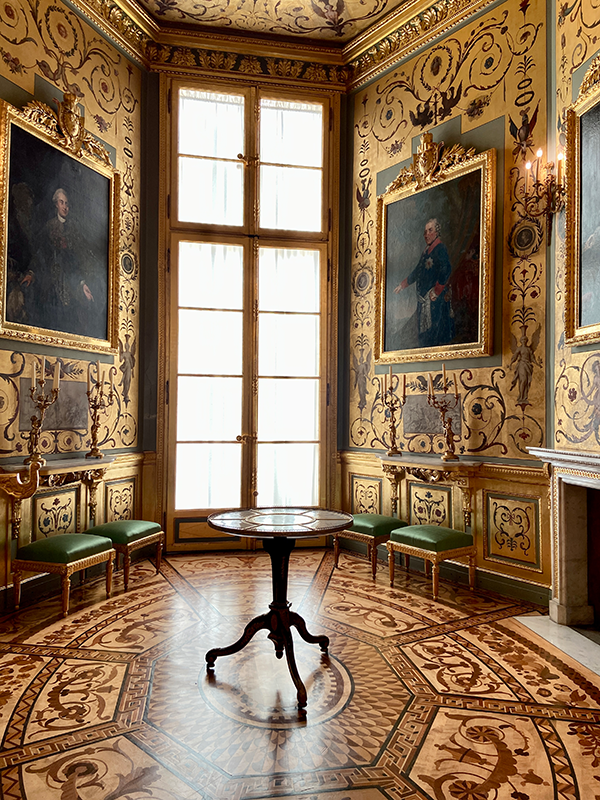
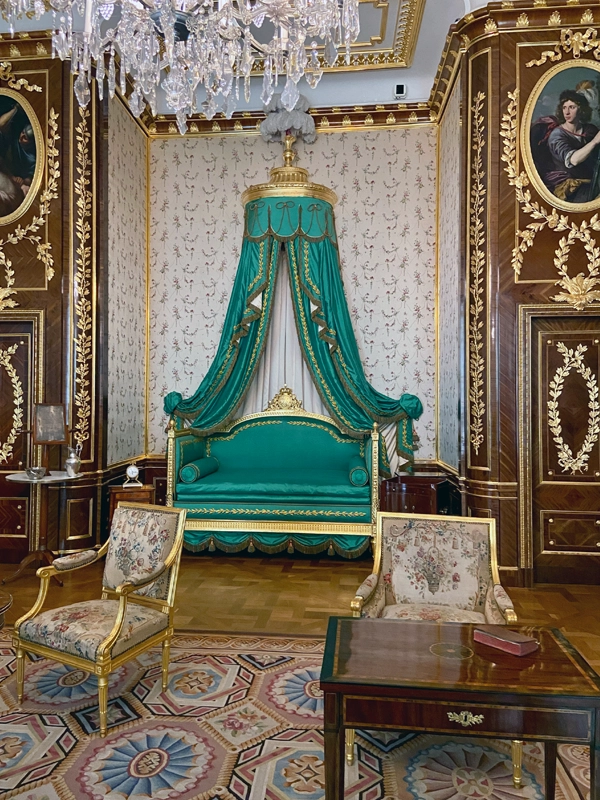
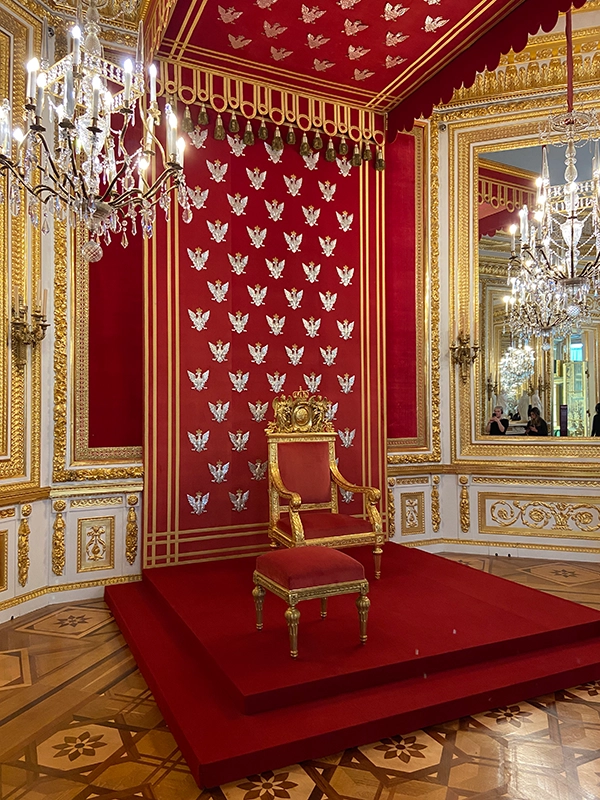
Castle Square
The Castle Square (plac Zamkowy) is a historic square (only in name, it’s more of a triangle) in front of the Royal Castle Warsaw. It is often used as a meeting point for tours of the city. The square (triangle) is surrounded by historic townhouses, which makes it a great (and much used) location for taking pictures. The first picture of this post and the first in the next gallery were taken there.
Palace of Culture and Science
The Pałacu Kultury i Nauki is probably the most recognisable building in all of Warsaw. It was built by Russian workers and opened in 1955 as a “gift of the Soviet people for the Poles” by Joseph Stalin. In 1956 two television stations were established in the building, increasing the range of transmission to 100km from the palace. Later that same year the name “Józef Stalin” was removed from official documents concerning the building, but the people never forgot.
At a height of 114m and the 30th floor you have a panoramic view of the city from the observation deck of the building. Just make sure to go on a weekday, the crowds are suffocating.
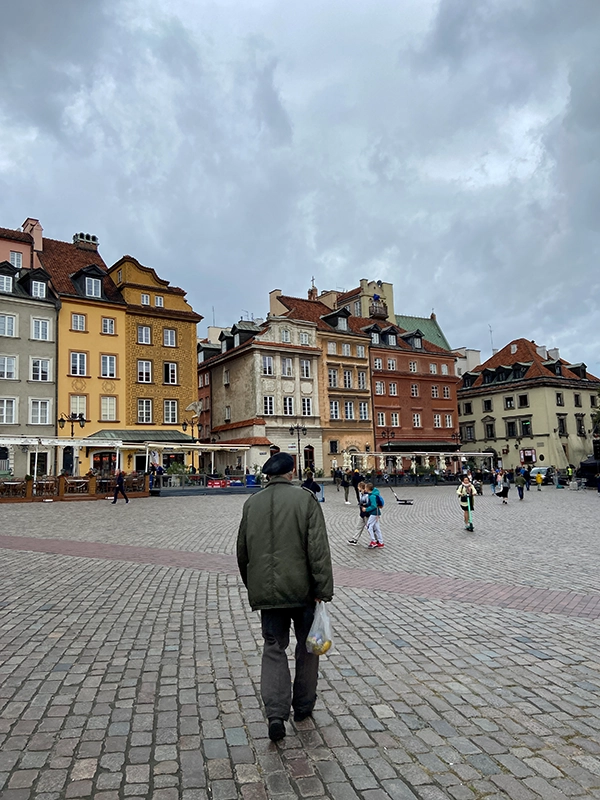
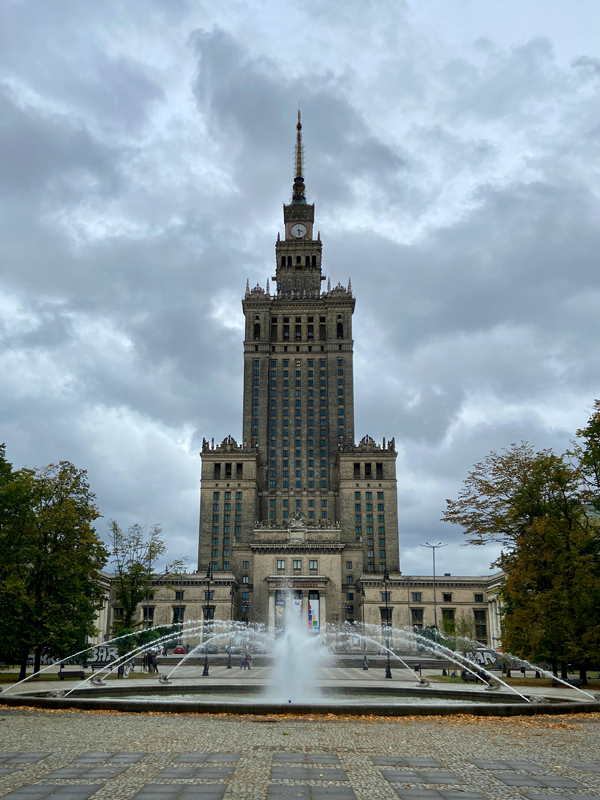
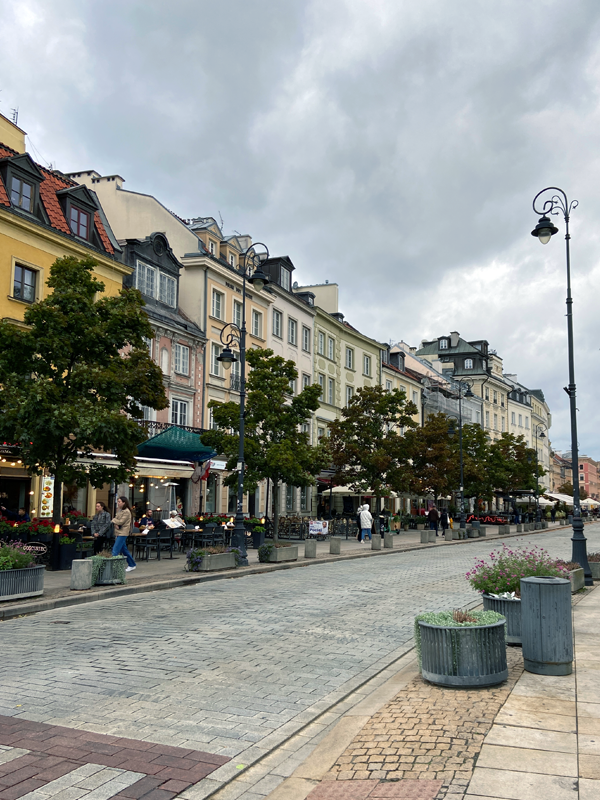
“Free” walking tours
With Walkative you can take a free walking tour of the city. I put free in quotation marks, since you don’t have to pay, but it is highly encouraged to pay something at the end of the tour. I did enjoy the tour, but it would’ve been better if that had been better communicated beforehand. After the tour our guide gave us a map with more recommendations on what to do and must try foods during a long weekend in Warsaw.
To see the most places for free Friday to Monday in November is the best time to go!
Audio Tour – Download and DIY
In Warsaw is where I tried WeGoTrip* the first time. They offer Audio Guides and Tours you can purchase for a small price in their App, then go on a tour by yourself, following the story of the tour. Or you can get more information about a place that usually doesn’t offer an audio guide.
Must try food during a long weekend in Warsaw
Food is always an essential part of me while travelling. I always try traditional foods, because food can really connect you with a culture and the people of a country. But new food and drink creations can also tell you a lot about the country you’re in as well. During a long weekend you don’t have many opportunities for bigger meals, so it’s important to choose what to eat.
Pierogi
When in Poland, you have to eat Pierogi. And don’t just try one kind! If you don’t like one filling you might still like another one.
At Zapiecek you can try a mixed plate with many different kinds of Pierogi, as well as a home made blackcurrant lemonade. I haven’t figured out why, but Warsaw is obsessed with blackcurrant. They are in jam, on buns, in chocolate truffles, in juice, everywhere.
If you want a less touristy and more local experience go to Wałek Warszawski. Here you feel a little like you are in a cantina and you will be surrounded by office – and construction-workers who turned in for lunch. You can pick from a small laminated menu and get delicious Pierogi for an unbeatable price.
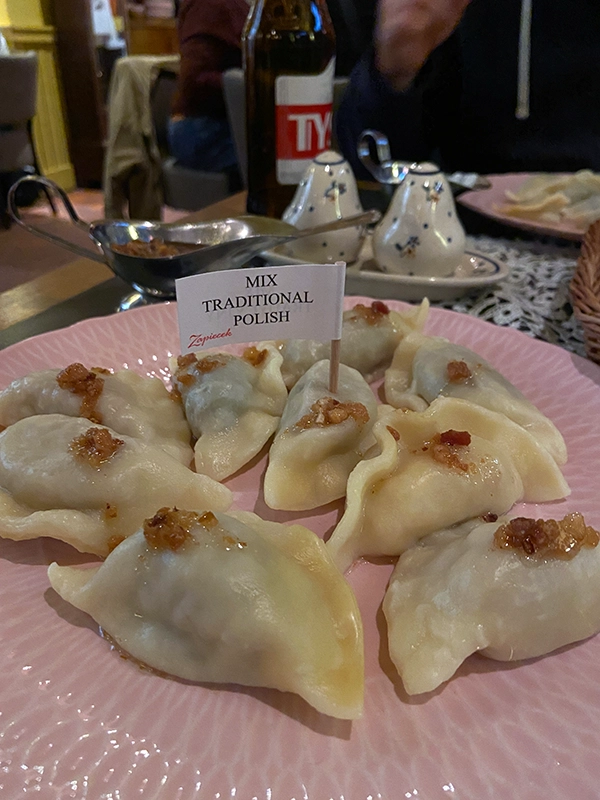

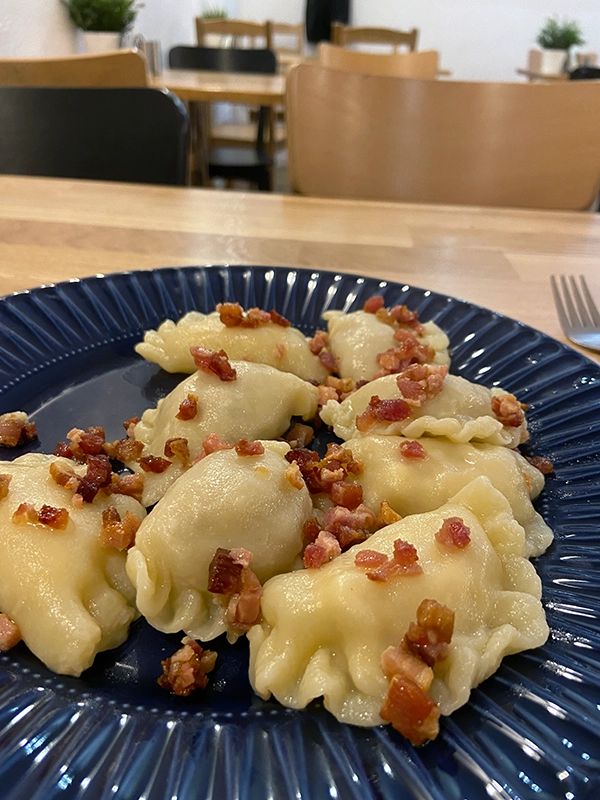
Hot Chocolate Specialties at Chocolate Cafe E.Wedel
E. Wedel is a Polish chocolate brand dating all the way back to 1851! They operate chocolate focused cafés all over the country and you can find their products in most grocery shops.
At the Café you can try three of their hot chocolates on one plate (dark, milk and white chocolate) or indulge in one of their many chocolate-themed drinks or desserts. This time I went for an orange-dark-chocolate hot-chocolate. Delicious!
Lemon Tart at Ministry of Coffee
If you think you already ate the best lemon tart in the world, but it wasn’t here: No, you haven’t.
This small treat packs a punch, the lemon cream and lemon jam are the perfect amount of sweet and sour. The crust is sweet and crumbly. A perfect dessert if I’ve ever seen one.
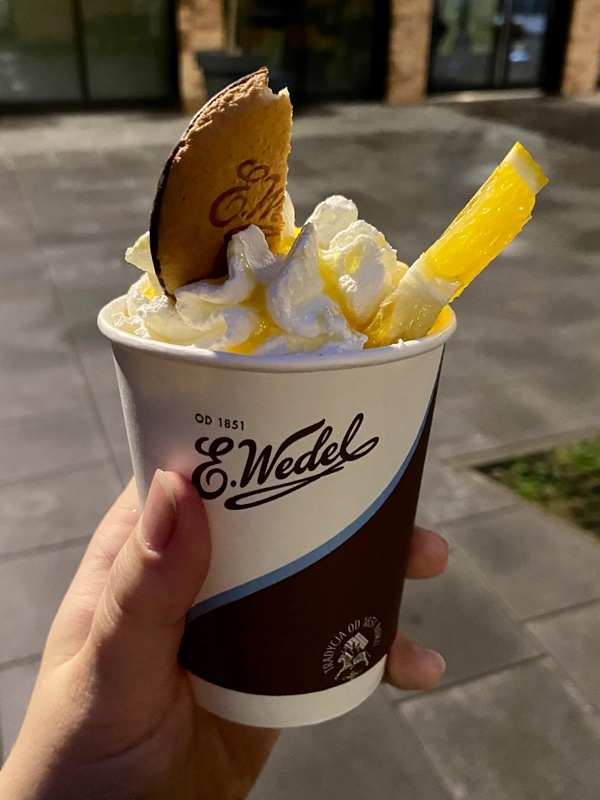
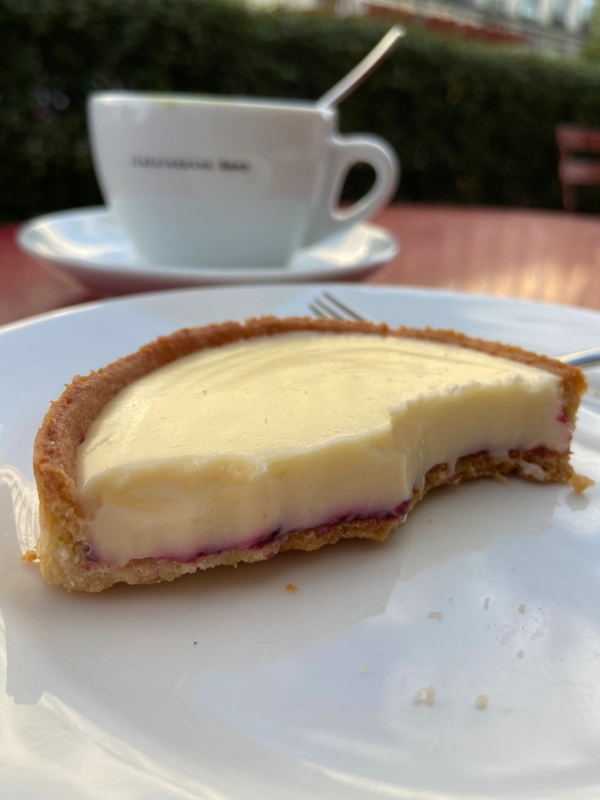
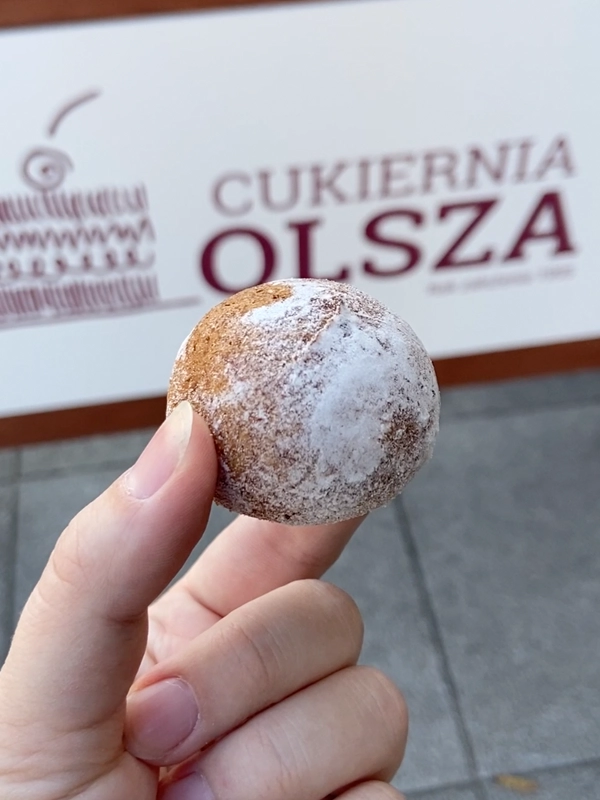
Polish Doughnut – Pączek
The other thing I was told to try when in Warsaw is a „Polish Doughnut“ or Pączek.
Pączki resemble a German “Krapfen” more than an American “Donut”, since it’s ball shaped, fried completely, with a jam filling and dusted in powdered sugar. Some places offer mini pączki with a cream filling, those were my favourite, since they aren’t so heavy on the stomach.
Any food you like at FOOD TOWN at Factory Norblina
At this location it’s not about what you eat. This reclaimed and renovated old factory building has become a hotspot for young people to meet in central Warsaw. Here at the food market many food vendors and bars serve foods and drinks from all over the world.
Since it was so close to my hotel I went here twice for dinner during my long weekend in Warsaw, once I wanted to get a Philly Cheese Steak from a “USA themed” food stall, but was too late and they were out, so I got a Smash Burger instead. The second time I had fried shrimp from a “Greek themed” food stall. Both tasted great and were more affordable compared to eating at a restaurant.
I also tried a drink at one of the bars: A Lemon Spritz (like Aperol Spritz, but instead with lemon liquor and hibiscus tea and vodka).
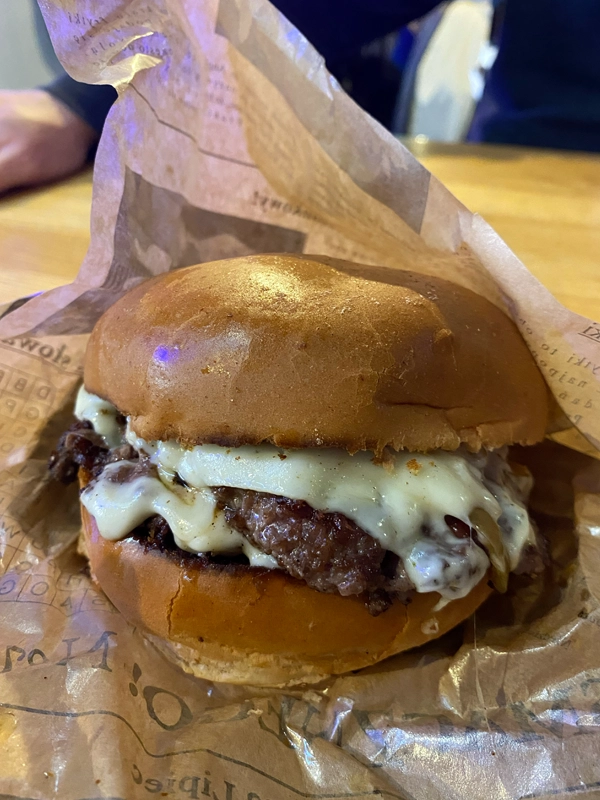

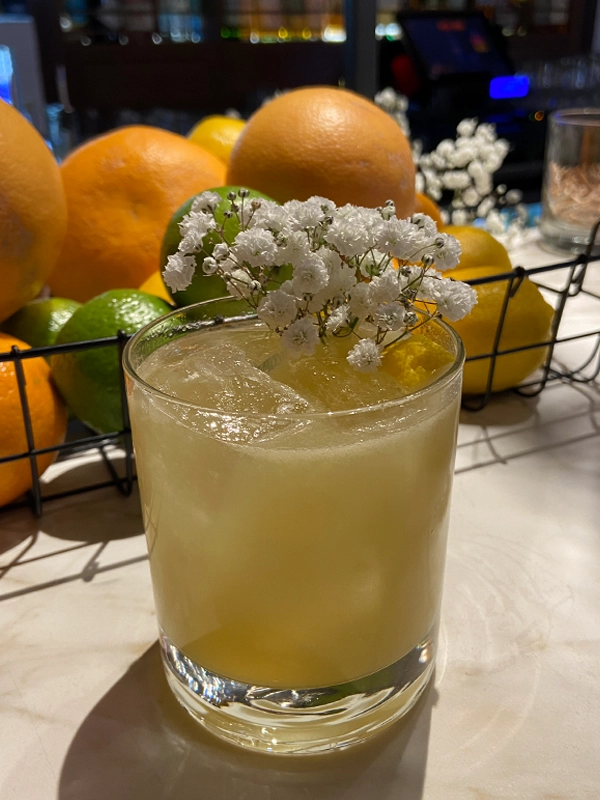
Cocktails at a Speakeasy
Like many countries in Europe, the drinking culture in Poland is well established. As the home of Vodka Polish bars serve innovative cocktails with Vodkas as their base. But of course you can also find many other liqours. My favourite bar in Warsaw was the BackRoom Bar in the style of a speakeasy. A little hard to find, but that’s on purpose ^^
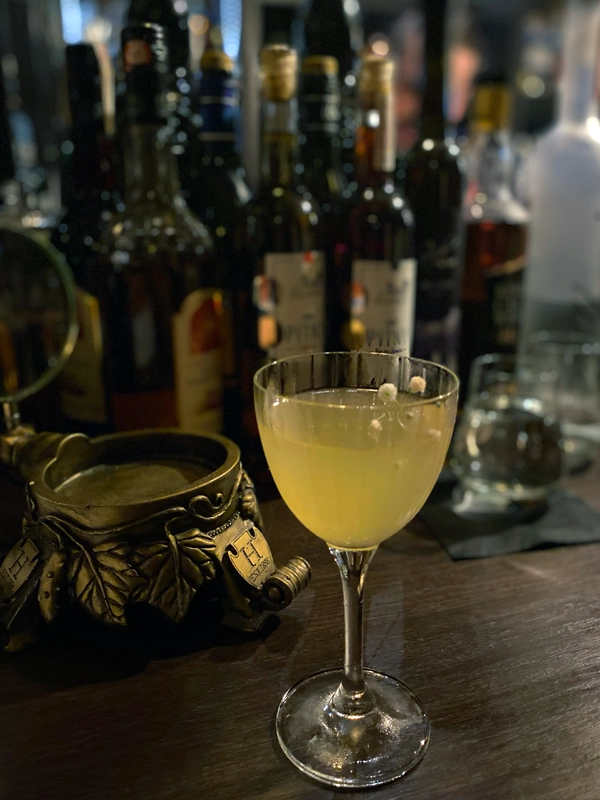
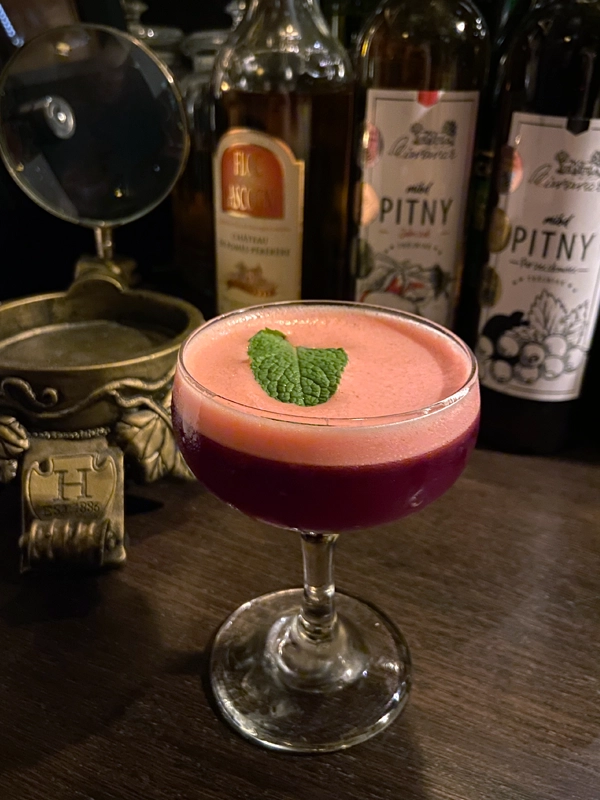
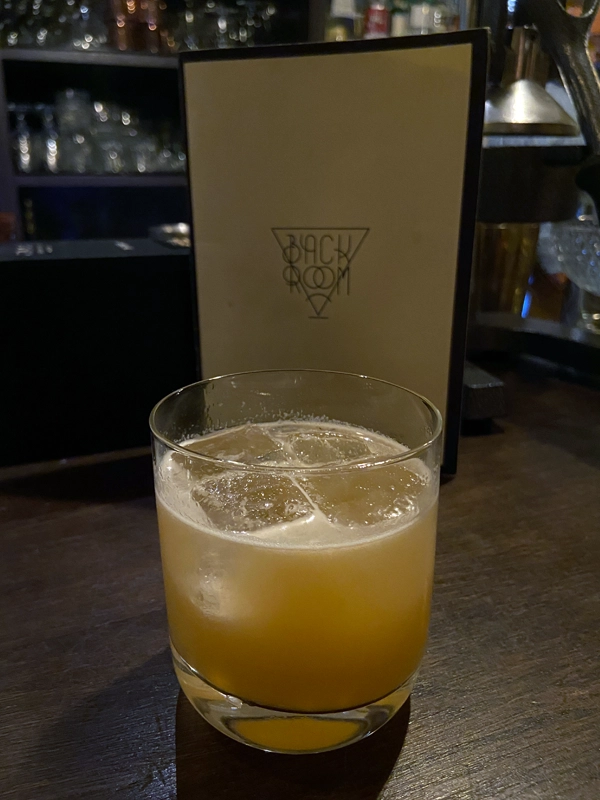
Map of a long weekend in Warsaw
How to read the map: Light blue dots are museums, yellow are bars and cafes, red are restaurants, dark blue are historic places and green are sights you can’t miss.
You are currently viewing a placeholder content from Google Maps. To access the actual content, click the button below. Please note that doing so will share data with third-party providers.
More InformationYou can save the map to your Google Maps for your long weekend in Warsaw by clicking here.
In the mood for more Poland?
Still have time on your vacation? Consider renting a car to visit more cities in Poland! Sure, there are train connections between the big cities, too, but if you want have the option to be fully mobile and stop at every sight of the way a car is still the way to go AND you can filter for electric cars by picking the filter “zero emissions”.
Need recommendations on where to go? Check out my blog posts about Szczecin and Gdańsk.


